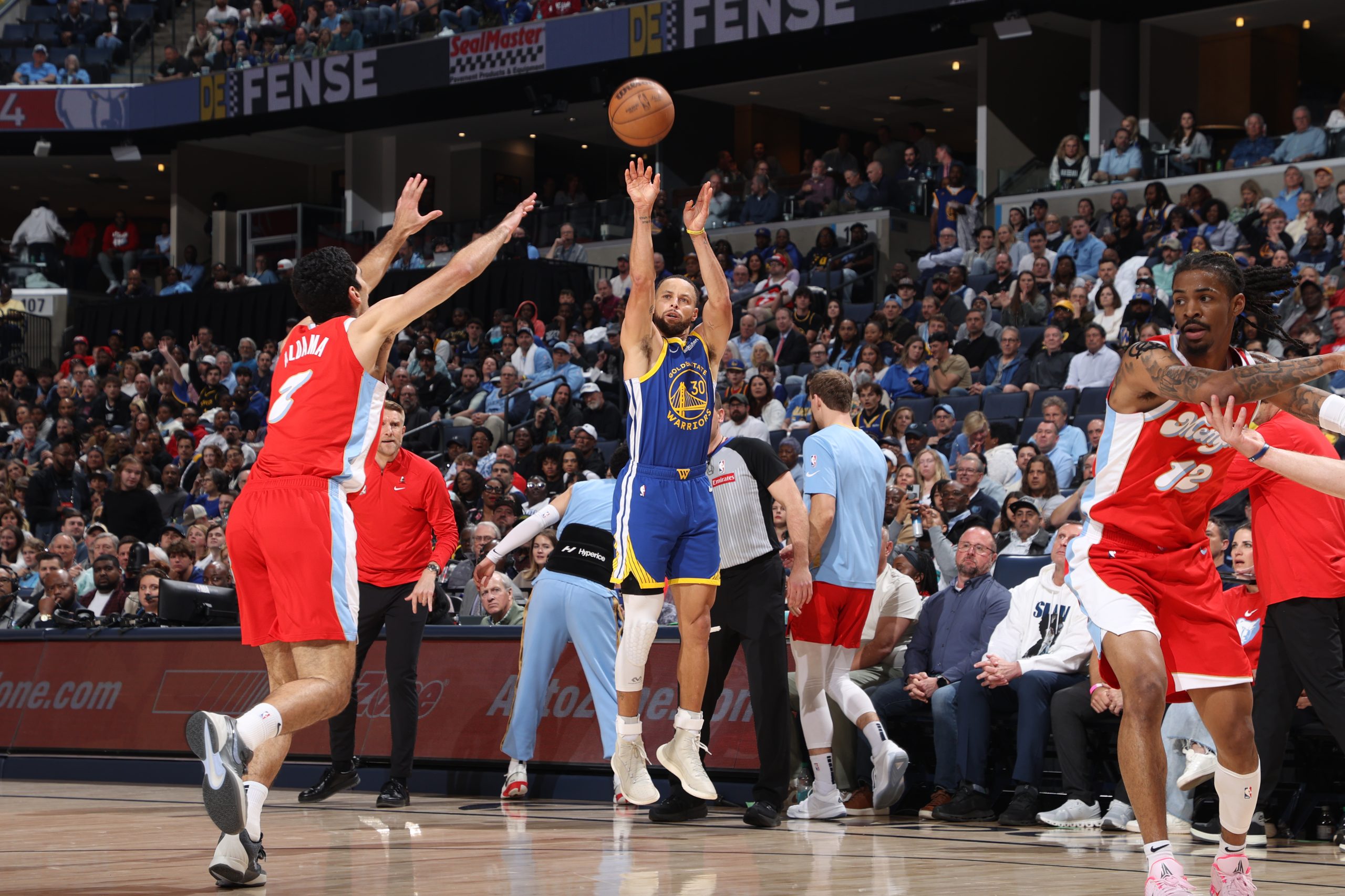Once a titan in the NBA landscape, the San Antonio Spurs’ prominence has significantly declined over recent years. Gone are the days when Tim Duncan, Manu Ginóbili, and Tony Parker led the team to multiple championships under the genius coaching of Gregg Popovich. The Spurs have transitioned from being perennial title contenders to struggling for a spot in the playoffs, prompting fans and analysts alike to ask: What happened?
As the San Antonio Spurs odds of reclaiming their former glory continue to dwindle, a nuanced analysis of key contributing factors offers insight into how the franchise has lost its footing. From an aging roster and the departure of cornerstone players to a lack of young superstar talent, changes in the NBA’s competitive landscape, recent front-office decisions, and shifts in the team’s vaunted culture—each plays a role in the story of the Spurs’ decline.
The Aging Core and Departure of Stars
The aging and subsequent retirement of the Spurs’ legendary “Big Three” — Tim Duncan, Manu Ginóbili, and Tony Parker — marked the end of an era and signaled the beginning of the franchise’s decline. These players were not just exceptional talents; they embodied Spurs culture, instrumental in five NBA championships over nearly two decades. As these linchpins grew older and retired, the Spurs faced the arduous task of replacing their on-court production, leadership, and cultural impact.
The situation worsened when Kawhi Leonard, initially pegged as the heir apparent, forced a trade in 2018. Losing a player of Leonard’s caliber without a clear succession plan dealt a crippling blow to the team’s competitiveness, laying bare the difficulties of smoothly transitioning from one successful era to another.
Lack of Young Superstar Talent
In today’s NBA, where the presence of young superstar talent often dictates a franchise’s long-term success, the San Antonio Spurs find themselves at a disadvantage. While they’ve managed to draft competent players like Devonte Graham and Jeremy Sochan, they have yet to prove to be game-changers capable of elevating the team to championship contention. This dearth of elite young talent puts the Spurs in a precarious position as the league continues to be dominated by dynamic duos and superstar trios.
Teams like the Brooklyn Nets, Los Angeles Lakers, and even the rising Phoenix Suns have invested in young superstars or star-driven partnerships, leaving the Spurs struggling to keep pace. This lack of a marquee player impacts the team’s on-court performance and hampers its appeal in an increasingly star-driven league.
Changing NBA Landscape
The NBA has undergone significant transformations in recent years, largely driven by analytics, the three-point revolution, and the rise of “positionless basketball.” These changes have had an outsized impact on the declining fortunes of the San Antonio Spurs. During their years of dominance, the Spurs’ system thrived on fundamental basketball, including mid-range shooting, disciplined play, and robust defense.
However, as teams like the Golden State Warriors have demonstrated, a faster-paced, three-point-centric offense can be exceedingly effective. The Spurs’ more traditional approach has been rendered less potent against these evolving offensive strategies. As the league has moved towards this new paradigm, the Spurs have found it increasingly difficult to adapt, putting them at a disadvantage in a league that now prioritizes spacing, pace, and long-range shooting.
Front Office Decisions
Once renowned for their shrewdness in talent acquisition and player development, the Spurs’ front office has recently faced scrutiny for its decision-making. The trade that sent Kawhi Leonard to the Toronto Raptors in exchange for DeMar DeRozan serves as a prime example. While DeRozan is undoubtedly talented, he could not replicate Leonard’s game-changing, two-way impact, setting the franchise back in terms of competitiveness. However, a glimmer of hope emerged with the 2023 first-overall draft pick, Victor Wembanyama.
His selection could signify a turning point, but it also underlines the urgency of the situation—the Spurs haven’t been in a position to make such a high draft pick in decades. Despite this hopeful acquisition, past draft decisions and less-than-inspiring free agency moves have contributed to the Spurs’ decline, casting doubt on their ability to swiftly reclaim their status as one of the NBA’s elite teams.
Cultural Factors
One of the less discussed yet equally impactful factors in the decline of the San Antonio Spurs is the subtle shift in the team’s once-storied culture. Under Coach Gregg Popovich, the Spurs were renowned for their disciplined, no-nonsense approach to the game and an organizational ethos rooted in teamwork and character. This culture was fortified by the long tenures of Tim Duncan, Manu Ginóbili, and Tony Parker, who excelled on the court and served as cultural anchors.
However, with their departures and other long-standing staff members, there has been a gradual dilution of this cohesive organizational fabric. While not as easily quantifiable as roster moves or game stats, this erosion of cultural capital has been a critical, if intangible, component of the Spurs’ recent struggles.
Conclusion
The decline of the San Antonio Spurs can be traced back to a confluence of factors that have slowly chipped away at the franchise’s once-imposing stature. The aging and departure of key players like Duncan, Ginóbili, and Parker set the stage for a challenging transitional period, exacerbated by the lack of emerging young superstars to take up the mantle. Add to that the evolving landscape of the NBA, which has moved towards a style of play less conducive to the Spurs’ traditional strengths.
Recent front-office decisions, including trades and draft picks, have been less impactful than in previous years, except for acquiring this year’s first draft pick. Finally, an intangible yet crucial element—organizational culture—has also shifted, subtly affecting the team’s performance and cohesion. These elements contribute to a complex tapestry that explains the Spurs’ ongoing struggle to reclaim their former glory.






